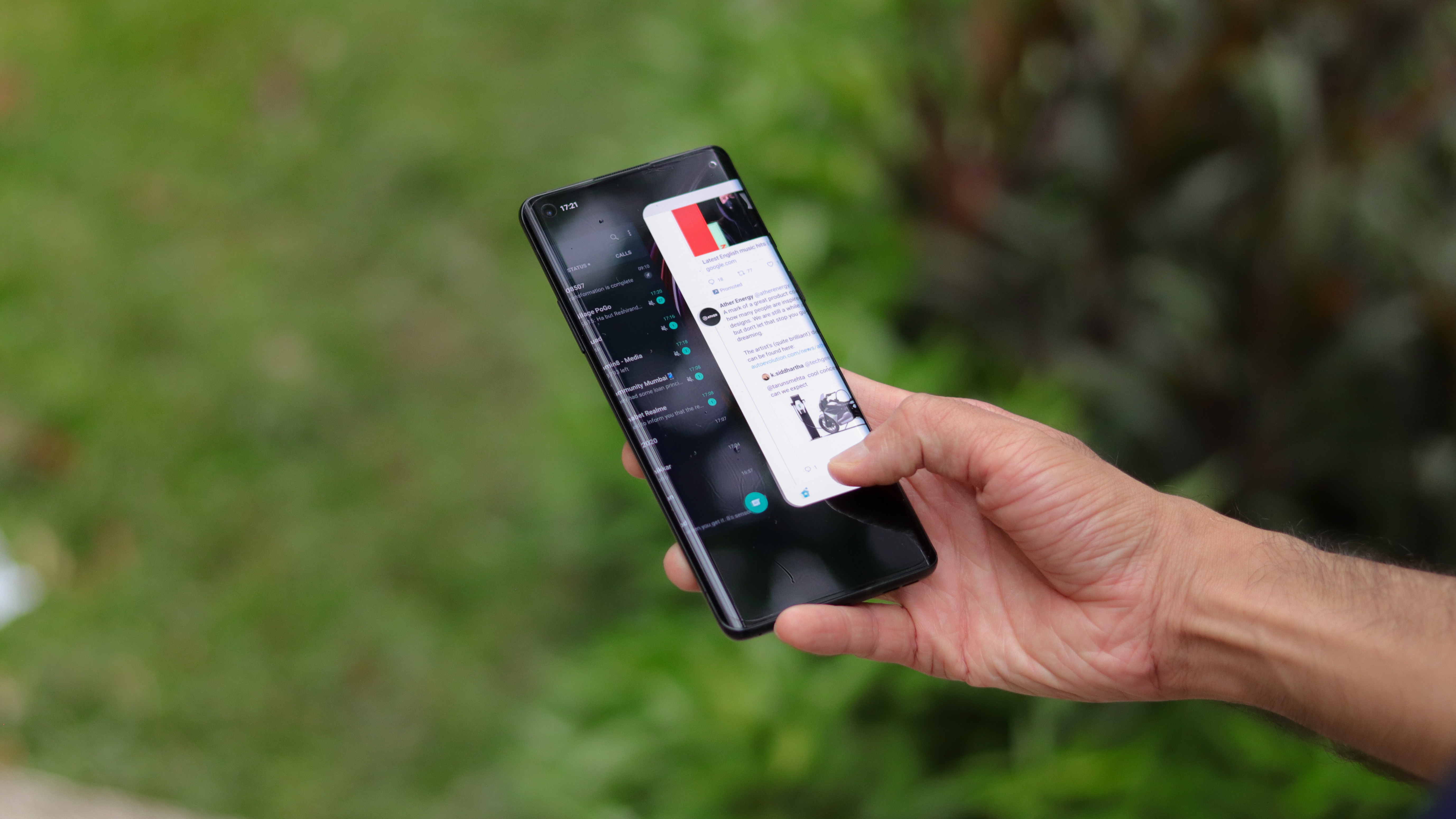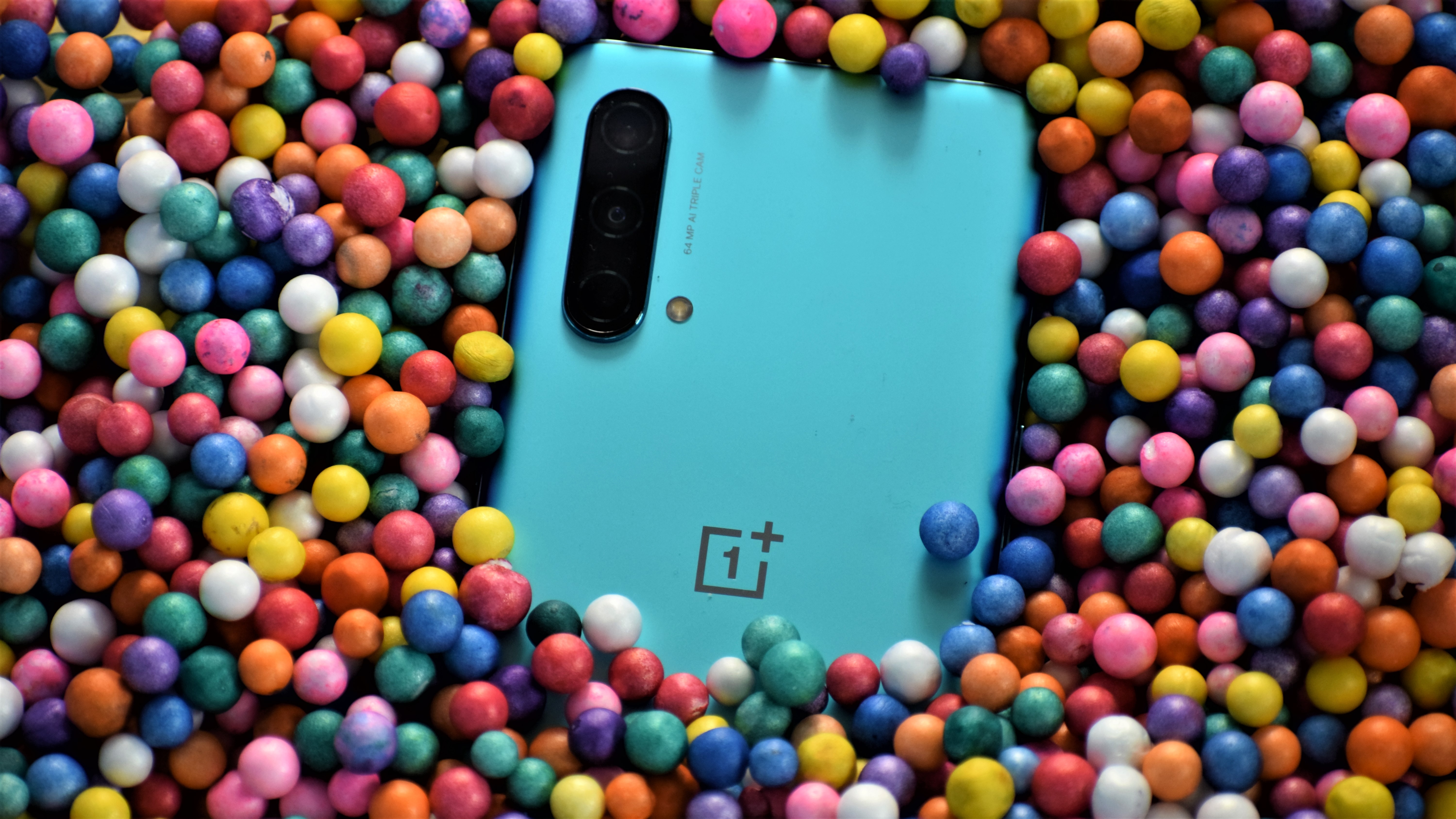OnePlus-Oppo merger: 5 potential implications of the integration
Yesterday, OnePlus made a surprise announcement that it will be integrating its operations with Oppo — one of the biggest smartphone companies in China. For some, the move was very expected while others were surprised with the merger.
OnePlus revealed very few details about the collaboration, with a carefully worded forum post that was left open to interpretation. Some aspects such as the potential impact, future of software services and vision were talked about, but most bits remain unclear.
What OnePlus is saying officially
- OnePlus devices sold outside China will continue to run on Oxygen OS.
- Some teams will be combined for streamlined operations.
- OnePlus will continue to operate independently.
OnePlus and Oppo go a long way back. Even when the former was founded in 2014, it reportedly was owned by the former and leased its manufacturing lines. OnePlus always maintained that there was no external control and the only link between the two were a few common institutional investors. But with Pete Lau assuming responsibilities at Oppo, it was evident that there was more than what met the eye.
In China, BBK Electronics is the parent company of Oppo and Vivo, which also means that “independent” sub-brands such as Realme, iQoo and OnePlus might not be as separate as hinted. Sure, their target markets and channel strategies vary, but the overall products and technologies overlap far too often.
All things considered, here’s what we think the merger of OnePlus and Oppo could lead to:
A new direction for software

Oxygen OS has been a driving force of OnePlus devices. The software skin atop Android is known for its design, swift functioning, lack of bloatware and tons of customization. Even users who prefer stock Android often like Oxygen OS.
However, over the last few years, Oxygen OS can seem a little stagnated with few new features and questionable UI choices. At the same time, Oppo’s Color OS has become a lot cleaner, leaner and swifter with an even higher degree of customization.
The announcement mentions that the integration will enable OnePlus to “bring faster and more stable software updates for OnePlus users”. While the companies claim that they will continue to offer separate software skins on their smartphones, in the long run, we expect them to move to a unified OS that takes the best of both worlds. A natural progression of that would be to not have two separate teams, pool the resources and deploy them to more devices.
Product innovation across segments

Oppo is amongst the most technologically advanced companies in China, with innovations including fast charging, unique cameras, new design styles, audio and video capabilities and much more. OnePlus already licenses some of that for its own devices instead of developing them from scratch.
With this integration, we can be hopeful for a higher level of intellectual property sharing between the brands, leading to more interesting devices from OnePlus. With the right scale, it could also mean that the cheaper devices also gain access to premium technologies.
Imagine a OnePlus smartphone with the cameras of an Oppo flagship!
Expand AIoT product ecosystem

OnePlus started off as a smartphone brand in 2014 and fast forward to 2021, the company has already expanded to other segments like smart TVs, wearables, and audio. With both brands joining the hands now, OnePlus could actually benefit and launch more AIoT products and expand its ecosystem globally including India.
For instance, Oppo makes some of the best audio products in India under Rs 10,000 with its Enco series true wireless earbuds and wireless earphones. OnePlus could take cues (or products) from Oppo’s success and launch more products like TWS, fast-charging power banks, and even a Wear OS-powered smartwatch in the future.
Currently in China, Oppo sells products like selfie stick tripod, router switch, fast charging power bank, premium smart TVs and much more. These products could finally be available in other countries under the more-recognizable OnePlus brand in the future, thereby expanding its presence into difficult markets.
Explore more markets and price points

Historically, phones from OnePlus have often shared a lot of hardware with their Oppo siblings, if not entire platforms. But the companies almost always smartly avoided bringing similar devices to the same market at the same price points.
Further, OnePlus has a much bigger appeal in the western markets, where Oppo’s footprint is negligible. With the partnership, we wouldn’t be surprised to see an even higher degree of portfolio sharing. On a larger scale, this could help Oppo establish its presence in newer markets with much lesser effort via OnePlus.
In markets like India where both are present, they have carefully avoided treading into each other’s segments, with Oppo plying its trade in the sub Rs 25,000 segment and OnePlus starting from there, and then alternating segments for the premium offerings. With them working together, perhaps we could see more offerings from both in newer price bands.
The premium space will be the most interesting one as that’s where their respective flagships have the most in common. If we were to guess, Oppo would become a camera-centric player and OnePlus would focus on all-rounders with a more superior software experience — touching two very different markets.
Stronger service network

Lastly, the two brands could symbiotically benefit by combining their after-sales services. For instance, in India, OnePlus has a good footprint in tier 1 and tier 2 regions, while Oppo’s retail network goes much deeper. If the product lineups get closer, it would make a lot of sense for them to merge their service networks and support more consumers with ease — benefitting both the companies as well as the consumers.
iQoo and Vivo have a similar arrangement too. Xiaomi currently boasts of the largest retail network in India with over 3,000 stores and a target of 6,000 Mi stores in two years. Joining hands would be an effective way for its rivals to achieve similar figures.
Want to know about the latest happenings in tech? Follow TechRadar India on Twitter, Facebook and Instagram!
Contributer : Techradar - All the latest technology news https://ift.tt/3iMJJ1x

 Reviewed by mimisabreena
on
Friday, June 18, 2021
Rating:
Reviewed by mimisabreena
on
Friday, June 18, 2021
Rating:













No comments:
Post a Comment